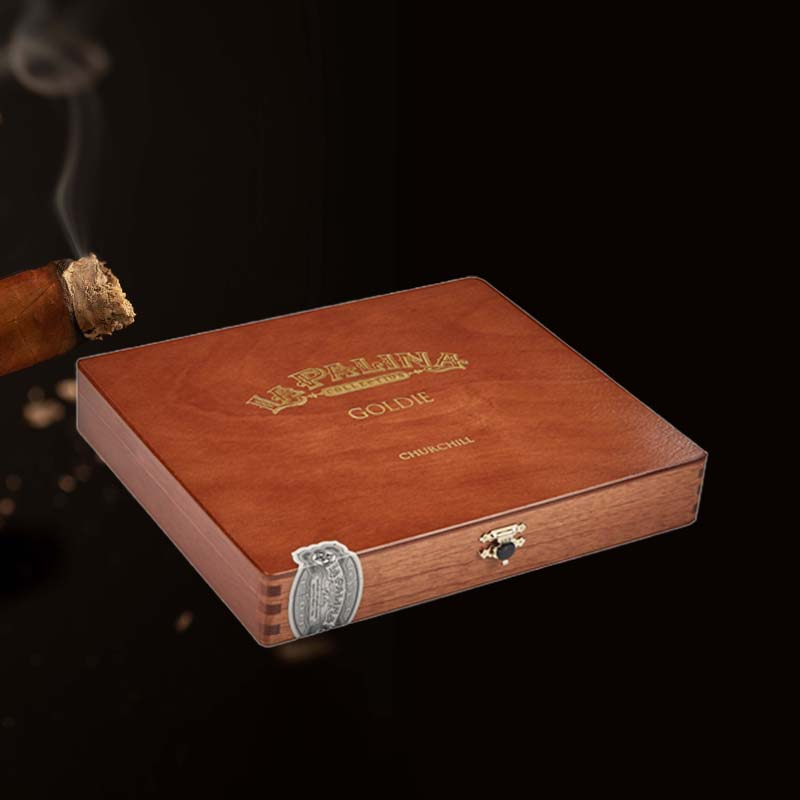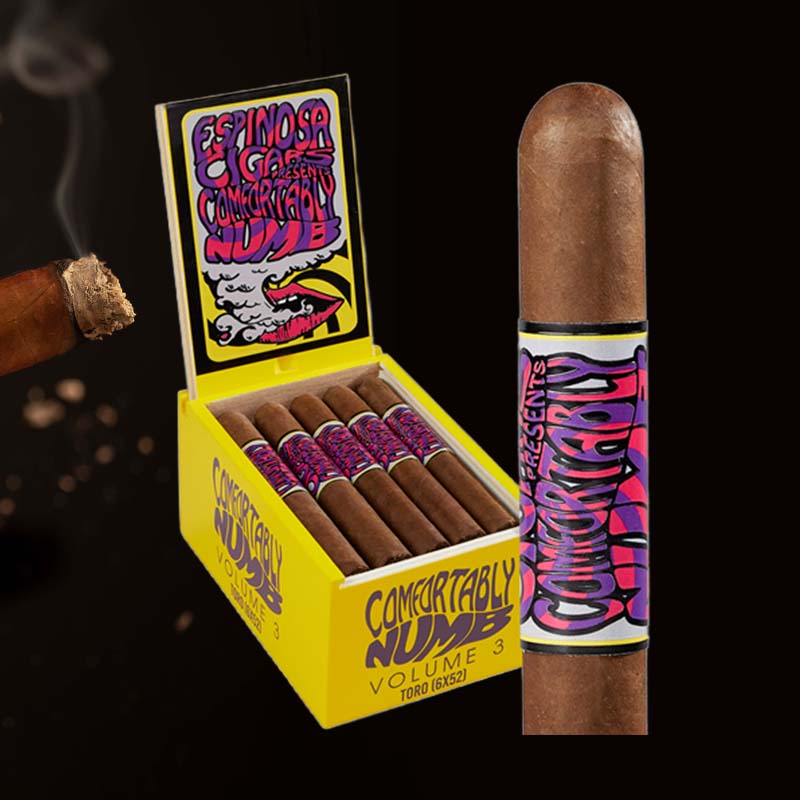How to put a torch lighter back together
Introduction: Fixing That Jet Lighter You Love
As an avid cigar enthusiast, there’s nothing quite like the satisfaction of lighting up with a reliable torch lighter. The sleek design, reliable flame, and precision make it my go-to tool for savoring my favorite smokes. But after some time, my beloved lighter started to falter, leaving me frustrated and searching for solutions. If you ever find yourself in a similar situation, this guide on how to put a torch lighter back together could be your saving grace. The feeling of being able to restore your trusty lighter not only brings relief but also a sense of accomplishment – let’s dive in!
Importance of Proper Maintenance
Maintaining your torch lighter is essential for both performance and longevity. Frequent use can lead to wear and tear, but with proper care, you can ensure that it continues to serve you well for years. By learning how to put it back together, I’ve experienced firsthand how dedication to maintenance elevates the enjoyment of my cigar sessions.
Step 1: So What You’ll Need for This
Essential Tools and Supplies
- Small screwdriver (usually Phillips)
- Replacement flint
- High-quality butane fuel
- Compressed air or a can of air duster
- Cotton swabs
- Soft cloth for cleaning
Step 2: Ok Diagnosis Time Doctor
Identifying Common Issues
Before taking the plunge into disassembly, it’s important to diagnose the problem. I’ve learned to identify common issues like weak flames or a lighter that won’t ignite. Here are some typical symptoms and their possible causes:
- Weak or flaring flames – possibly due to low fuel or clogged jets.
- No flame – usually indicates a need for a flint replacement or a faulty ignition mechanism.
- Hissing sound – might suggest a gas leak that requires immediate attention.
Step 3: Opening Your Lighter Up
Safe Disassembly Techniques
With the diagnosis in hand, it’s time to carefully disassemble the lighter. I recommend working over a clean surface to avoid losing any tiny parts. Here are my steps:
- Ensure the lighter is empty of butane.
- Use the small screwdriver to carefully remove screws without stripping them.
- Gently pry open the casing to avoid damaging the internal components.
Step 4: Adjusting the Spark
Tweaking the Ignition Mechanism
Sometimes, the spark is the culprit behind a non-functioning lighter. I often found that adjusting the ignition mechanism did the trick. Look for a small screw near the ignition button; turning it a slight bit can enhance the spark.
Step 5: So I Did That, But I’m Not Getting Anywhere
Troubleshooting Persistent Problems
If your efforts still haven’t yielded results, don’t despair! It’s time to check the flint. Worn-out flint can be a silent performance killer. Replace it and test the lighter once more, as I’ve done.
Step 6: Putting It Back Together
Reassembling Your Torch Lighter
With repairs made, it’s time to reassemble. I always reverse the disassembly steps to make it easier. Ensure everything fits snugly to avoid any future issues.
Step 7: Final Checks
Ensuring Everything Works Properly
Once reassembled, test the lighter to confirm its functionality. If it lights up smoothly, you’ve succeeded! It’s a moment that fills me with joy and satisfaction.
Use High-Quality Butane
Choosing the Right Fuel
The quality of butane can significantly impact lighter performance. I swear by premium butane to keep my lighter operating efficiently, avoiding contamination that can ruin effectiveness.
Check the Flame
Adjusting Your Flame Settings
Always adjust the flame settings to match your needs. A higher flame can be beneficial outdoors, while a lower flame might suit indoor settings where precision is key.
Check the Flint
Replacing Worn-Out Flint
Regularly check the flint and replace it when necessary. A fresh flint ensures a crisp ignition every time, something I find crucial for the best lighting experience.
Check for a Hissing Sound
What It Means and How to Fix It
A hissing sound typically indicates a gas leak, which can be dangerous. I approach this with caution, conducting visual checks for cracks or loose fittings and tightening any that seem suspect.
Bleed the Tank Before Refilling
Proper Bleeding Procedure
I’ve learned the importance of bleeding the tank to release any excess gas before refilling. This prevents overfilling and ensures a smooth operation afterward.
Wait for Your Lighter to Warm Up After Refilling
Importance of Temperature Management
After refilling, let the lighter sit for a few minutes. Warmer temperatures improve butane performance and ensure a more reliable ignition.
Clean the Jets
Maintaining Optimal Performance
Regular cleaning of the lighter jets is essential. I often use compressed air to blow out any dust or debris that may accumulate, maintaining top-notch performance for every use.
Common Questions About Torch Lighters
Can torch lighters be refilled?
Yes, most torch lighters can be refilled with butane, making them a sustainable choice.
How do you clean a clogged torch lighter?
To clean a clogged lighter, I use compressed air to clear the jets and occasionally dip a cotton swab into alcohol to remove residue.
How do you put a small torch lighter back together?
Putting a small torch lighter back together follows the same principles as larger ones — ensure each component is aligned properly before securing with screws.
FAQ
How does a lighter go back together?
After disassembly, a lighter goes back together by carefully reversing the order of disassembly, ensuring proper alignment and tightening screws securely.
How to fix a leaking butane lighter?
To fix a leaking butane lighter, inspect for cracks or loose fittings, tighten components, and replace any worn O-rings if necessary.
How to put butane back in the can?
To put butane back in the can, press the refill nozzle into the can’s valve, ensuring a tight fit, and then refill without overfilling.
How do you fix a torch lighter that won’t spark?
For a torch lighter that won’t spark, check the flint; replacing it often resolves the issue, along with adjusting the ignition mechanism.



















